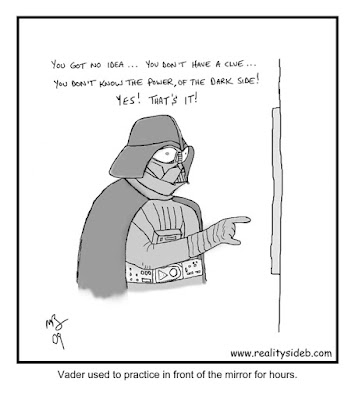Keys to Success Development Diary - Log #3
Hello everyone!
Wow, it’s been a while since the last log. I would like to
apologize for this, but one moment it’s January and the next thing you know it’s
June! It’s amazing how time can flow so fast.
In the past log, we had discussed creating the story synopsis/summary,
which is the beginning for something much bigger getting cooked. But for it to
grow, there’s another major pillar that requires some attention too.
Characters!
Characters – to me – are what make stories interesting; they
determine the flow, the view in which the player sees the world and much more!
If the game’s characters – especially the main character – are boring, not much
people would be around for the story development. To create a character, there
are a few questions you need to answer first (they are – of course – not the
only questions to be asked. For deeper character design, start asking the
character more questions for better design).
- Who is he/she?
- Do they have major characteristics? What do they look like?
- What’s their character like?
- How does he/she feel to the story’s major problem? (Protagonist?
Antagonist?)
- Why do they feel that way?
- How are they related to the problem, and the antagonist/protagonist?
- How will their character evolve and develop?
The very last question – to me – is the most important one; a
character should never stay the same throughout the game. If you pick any
movie/game/story and decide to analyze how much a character’s developed, it
will probably imply how much that story has made an impression on you. Most
impressive stories affect us because we feel attached to the characters when we
notice their development; it’s like seeing your kids grow! (Well, probably
not that much, but I think you got the point).
In order to answer those questions, one resorts to writing a character
brief; it basically holds descriptions and ideas about the character’s looks,
background story and their intended future development. Writing a character
brief could be tiresome, especially for a story-rich game with many characters,
but it helps you understand that character better and imagine how he should
interact with the other characters, and how he would respond to the surrounding
problems. It’s a little weird to have a socially awkward character blending in
the crowd, interacting with other characters and interviewing them for a puzzle/investigation
(unless somehow he was putting up a cover because he’s originally a spy!). When
I am stuck with a character’s reaction, I usually put myself in their shoes and
recreate the whole story in their point of view. (It’s a new type of
roleplaying and it’s kind of fun actually!) However, in case that still
doesn’t work for you, you can always resort to Ideas Sheet. Ideas Sheet
is basically a sheet full of ideas – who would have guessed? You write down your
ideas about that character as a series of bullet points, and when done, one by
one you either add them to the brief or scrap them off the list. It’s more
systematic but it’s important not to scrap any idea off the list unless
you’re done adding any to the sheet. You should try to add as much ideas as
possible, no matter how crazy they might sound, and leave them till the
scrapping phase. Strange ideas might lead to stranger ideas, which might
eventually lead to the idea you were looking for!
When you start writing you brief, you need to remember that it’s
just a brief. Even if you have all those stuff you want to convey to the reader,
you need to keep it to 4 paragraphs maximum. It’s usually divided as Looks and characteristics
(1 paragraph), Personality (1 paragraph), Background story (1 paragraph),
character development (1 paragraph). Some might swap the character development
with the character’s “reason to fight” if it serves better understanding of the
character. And some really really lucky people gifted with the artistic talent,
can draw off a concept sketch of the character for a clearer brief. (As a
developer, I kind of envy those guys)
As mentioned before, this
step of design requires someone who’s interested in stories, plot and character
development; someone who likes story-driven games, movies or reading novels.
Reading a lot and writing a lot is very vital in this stage, and it requires a
lot of patience if the ideas are just not flowing. It's important to remember to always look around for inspiration!
Update: Check out this post, for
further ideas and details for character creation!
Happy gamin’!
~Nourhan ElSherief

It has been a while, great article as usual.
ReplyDeleteThanks for sharing
Thanks a lot :)
Delete